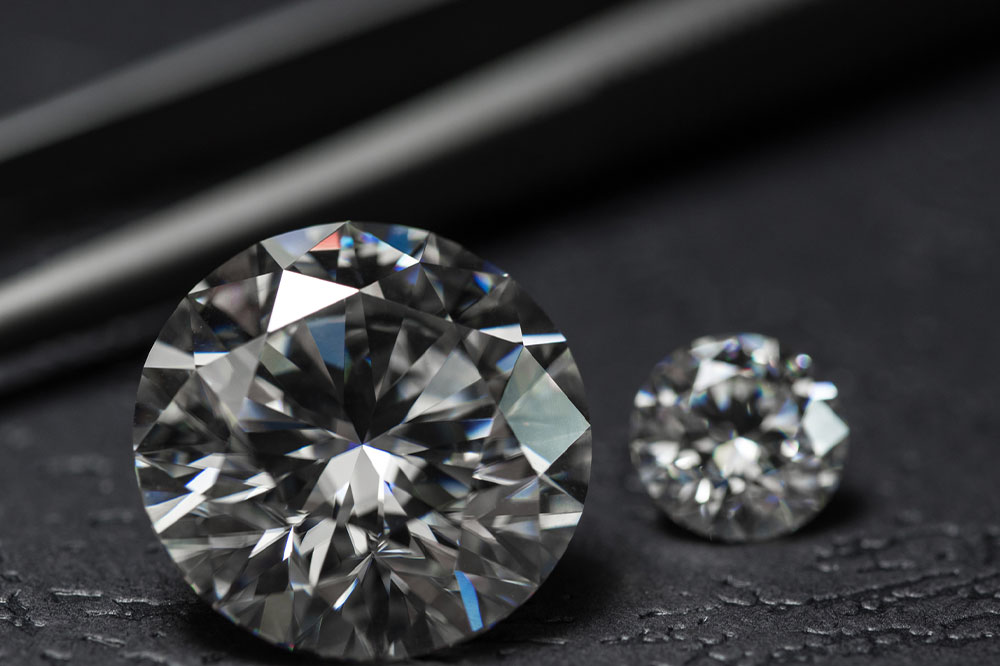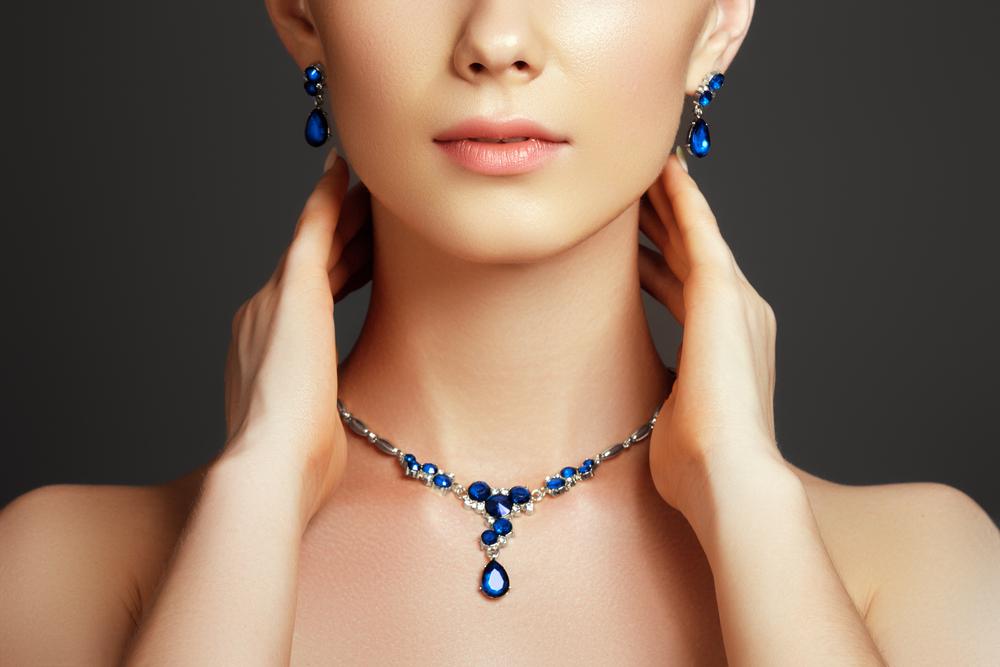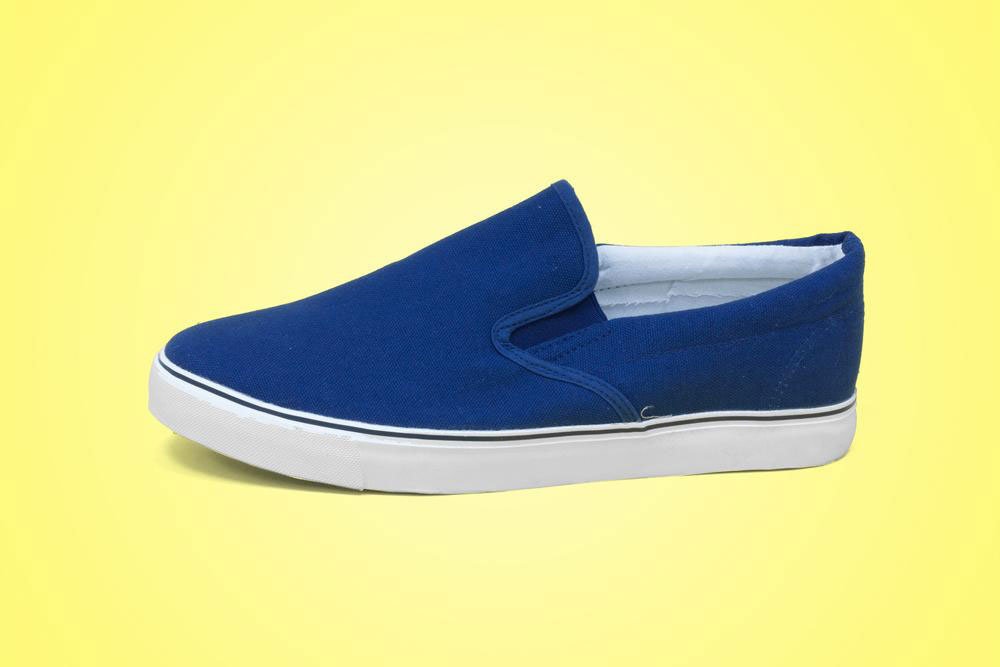History and Versatile Applications of Moissanite
Discover the fascinating history of Moissanite, from meteorite origin to its role in modern jewelry and diverse technological uses. This durable, brilliant mineral is transforming industries including defense, automotive, lighting, and astronomy, highlighting its exceptional versatility and value.

The Evolution and Uses of Moissanite
Approximately 50,000 years ago, a meteorite impacted the Arizona desert, scattering fragments across the area. Dr. Henri Moissan studied these fragments in Diablo Canyon, discovering a sparkling material with unmatched brilliance. After thorough analysis, he identified it as silicon carbide. In 1905, Tiffany & Co., with mineralogist George Kunz, named it Moissanite to honor Dr. Moissan. Naturally rare, this mineral took a century to become a popular gemstone, especially as an alternative to diamonds in rings. Advances in manufacturing in the 1980s, led by CREE, enabled large crystal production. Expert cutting transformed Moissanite into a brilliant jewel, increasingly favored for its affordability and sparkle. Beyond jewelry, Moissanite’s remarkable properties have led to diverse applications: body armor containing Moissanite discs, durable abrasives for industrial use, ceramic brake discs in luxury sports cars, components in LED lighting, and even as a mirror material in space telescopes like the Herschel observatory. Its unique characteristics are shaping multiple industries today.









